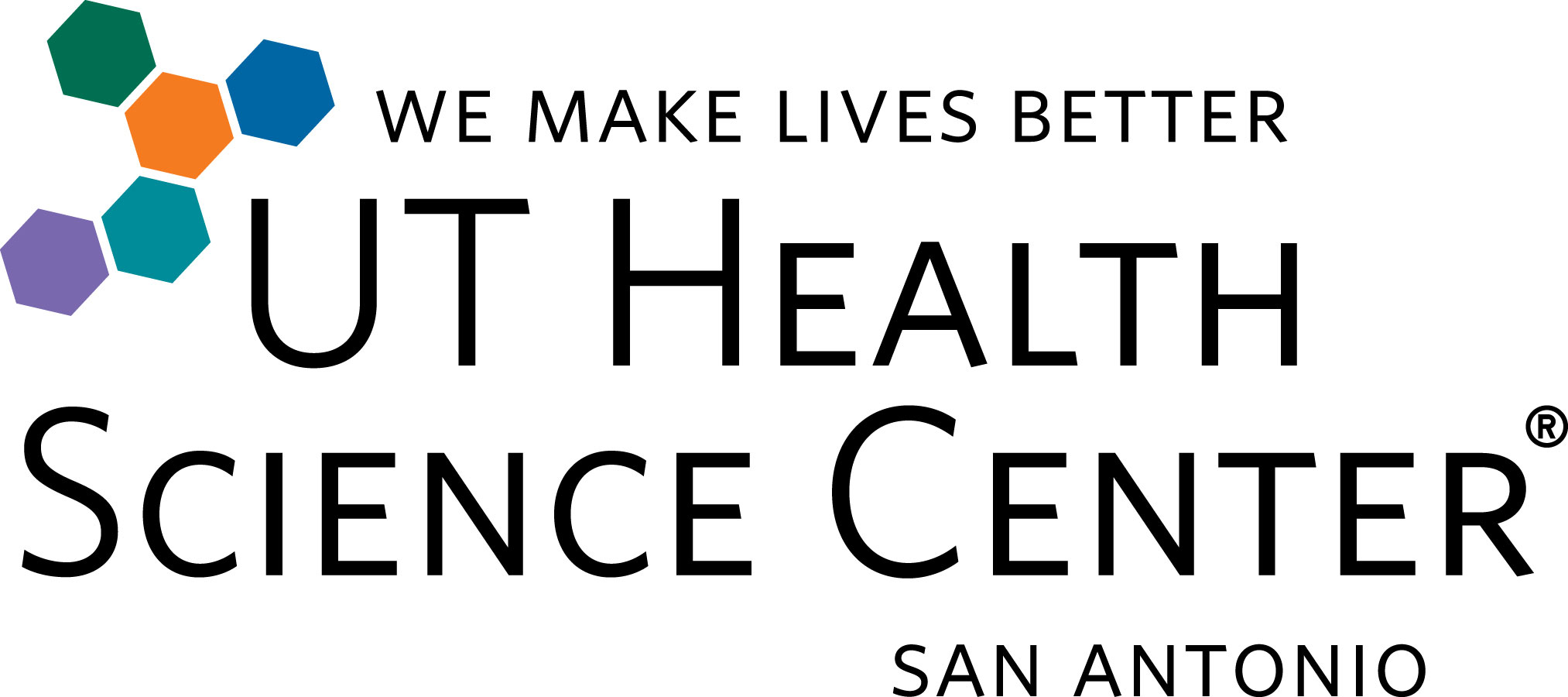PROTOCOL 3: Role of the Renal Nerves in the Increase in EGP in Response to Glucosuria
| Status: | Recruiting |
|---|---|
| Conditions: | Diabetes, Diabetes |
| Therapuetic Areas: | Endocrinology |
| Healthy: | No |
| Age Range: | 18 - 70 |
| Updated: | 6/3/2018 |
| Start Date: | October 2016 |
| End Date: | October 2019 |
| Contact: | Ralph A DeFronzo, MD |
| Email: | defronzo@uthscsa.edu |
| Phone: | 2105676710 |
SGLT2 INHIBITION AND STIMULATIION OF ENDOGENOUS GLUCOSE PRODUCTION Significance - PROTOCOL 3: Role of the Renal Nerves in the Increase in EGP in Response to Glucosuria
Purpose/Objectives: Examining the effect of SGLT2 inhibition on EGP and plasma glucose
concentration in diabetic subjects after kidney transplantation (i.e. renal denervation) or
in subjects after renal sympathectomy (63) can add insight about the possible role of a
neural arc which mediates the changes in plasma glucagon and/or insulin concentration in
response to glucosuria.
concentration in diabetic subjects after kidney transplantation (i.e. renal denervation) or
in subjects after renal sympathectomy (63) can add insight about the possible role of a
neural arc which mediates the changes in plasma glucagon and/or insulin concentration in
response to glucosuria.
Purpose/Objectives: Examining the effect of SGLT2 inhibition on EGP and plasma glucose
concentration in diabetic subjects after kidney transplantation (i.e. renal denervation) or
in subjects after renal sympathectomy (63) can add insight about the possible role of a
neural arc which mediates the changes in plasma glucagon and/or insulin concentration in
response to glucosuria.
Research Design/Plan: After screening, eligible subjects will receive 2 measurements of
endogenous glucose production with a prime-continuous infusion of 3-3H-glucose. Each
measurement will be performed on a separate day in random order after a 10-12 hour overnight
fast and will last 8 hours (from 6 AM to 2 PM). After a 3-hour tracer equilibration period,
each subject will receive one of the following medications in random order: (i) placebo and
(ii) dapagliflozin 10 mg. Following the test medication at 9 AM, blood samples will be drawn
every 20 minutes for an additional 5 hours and plasma glucose, insulin, C-peptide, glucagon,
catecholamine concentrations and tritiated glucose sp act will be measured.
Methods: Visit 1: Screening Visit 2: Endogenous Glucose Production Measurement (EGP) Visit 3:
After completing the first EGP measurement, subjects will return to the Diabetes Research
Unit for the second study.
concentration in diabetic subjects after kidney transplantation (i.e. renal denervation) or
in subjects after renal sympathectomy (63) can add insight about the possible role of a
neural arc which mediates the changes in plasma glucagon and/or insulin concentration in
response to glucosuria.
Research Design/Plan: After screening, eligible subjects will receive 2 measurements of
endogenous glucose production with a prime-continuous infusion of 3-3H-glucose. Each
measurement will be performed on a separate day in random order after a 10-12 hour overnight
fast and will last 8 hours (from 6 AM to 2 PM). After a 3-hour tracer equilibration period,
each subject will receive one of the following medications in random order: (i) placebo and
(ii) dapagliflozin 10 mg. Following the test medication at 9 AM, blood samples will be drawn
every 20 minutes for an additional 5 hours and plasma glucose, insulin, C-peptide, glucagon,
catecholamine concentrations and tritiated glucose sp act will be measured.
Methods: Visit 1: Screening Visit 2: Endogenous Glucose Production Measurement (EGP) Visit 3:
After completing the first EGP measurement, subjects will return to the Diabetes Research
Unit for the second study.
Inclusion Criteria:
Post Renal T2DM subjects
- age = 18-70 years
- BMI = 18.5-40 kg/m2
- HbA1c ≥ 7.0% and ≤10.0%.
- males or females
- Must be at least 3 months post renal transplantation and be on a stable dose of
prednisone (≤5 mg/day), tacrolimus, and mycophenolate mofetil
- Not taking any antidiabetic medications or who are treated with metformin,
sulfonylurea, DPP4 inhibitor, thiazolidinedione or some combination
- Must be in good general health as determined by physical exam, medical history, blood
chemistries, CBC, TSH, T4, EKG and urinanalysis
No Renal Transplant
- age = 18-70 years
- BMI = 18.5-40 kg/m2
- HbA1c ≥ 7.0% and≤ 10.0%.
- males or females
- On stable dose (more than 3 months) of monotherapy or combination therapy with
metformin and/or a sulfonylurea
- Must be in good general health as determined by physical exam, medical history, blood
chemistries, CBC, TSH, T4, EKG and urinanalysis
Exclusion Criteria:
Post Renal T2DM subjects
- Subjects who are taking insulin or SGLT2 inhibitor are excluded
- Only subjects whose body weight has not been stable (± 3 lbs) over the preceding three
months and/or who participate in an excessively heavy exercise program will be
excluded.
- Individuals with evidence of proliferative diabetic retinopathy, plasma creatinine
>1.4 females or >1.5 males (and eGFR <45ml/min.1.73m2), or 24-hour urine albumin
excretion > 300 mg will be excluded.
No Renal Transplant
- Subjects taking drugs known to affect glucose metabolism (other than metformin and
sulfonylurea)
- Only subjects whose body weight has not been stable (± 3 lbs) over the preceding three
months and/or who participate in an excessively heavy exercise program will be
excluded.
- Individuals with evidence of proliferative diabetic retinopathy, plasma creatinine
>1.4 females or >1.5 males (and eGFR <45 ml/min.1.73m2), or 24-hour urine albumin
excretion > 300 mg will be excluded.
We found this trial at
1
site
4502 Medical Drive
San Antonio, Texas 78284
San Antonio, Texas 78284
(210) 567-7000

Principal Investigator: Ralph A DeFronzo, MD
Phone: 210-567-6691
University of Texas Health Science Center at San Antonio The University of Texas Health Science...
Click here to add this to my saved trials